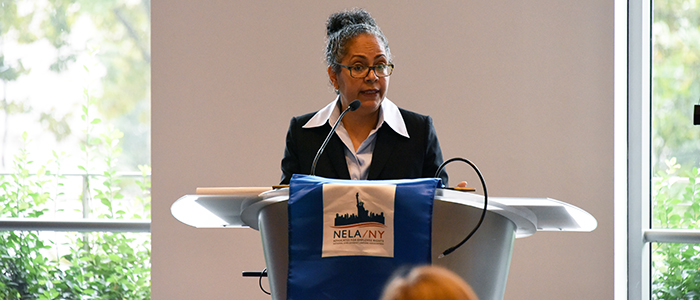In a famous study that illuminates gender discrimination in employment processes, musicians auditioning for a position in a symphony orchestra performed behind a screen so that the hiring jury would not allow the gender or physical appearance of the musician, to influence their decision. Yet even with the screen, male musicians tended to fare better. Researchers struggled to find out why, as the male and female performers were similarly skilled. Then it hit them: high heels make a distinctive sound as a person walks over to her chair—and a screen does nothing to conceal this.
This was just one of many examples of hidden bias in employment that Fordham Law Professor Tanya Hernández gave in her talk—entitled “Diversity, Inclusion and Elimination of Bias in the Profession”—at a September 28 conference at Fordham Law School.
Read the full story at Fordham Law News.

